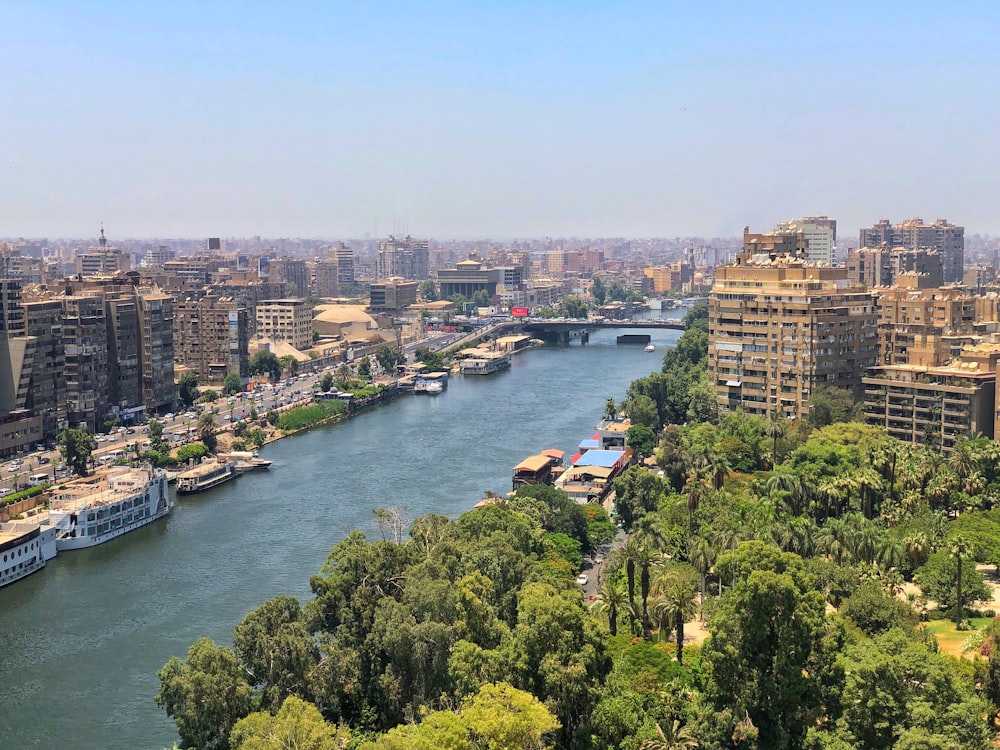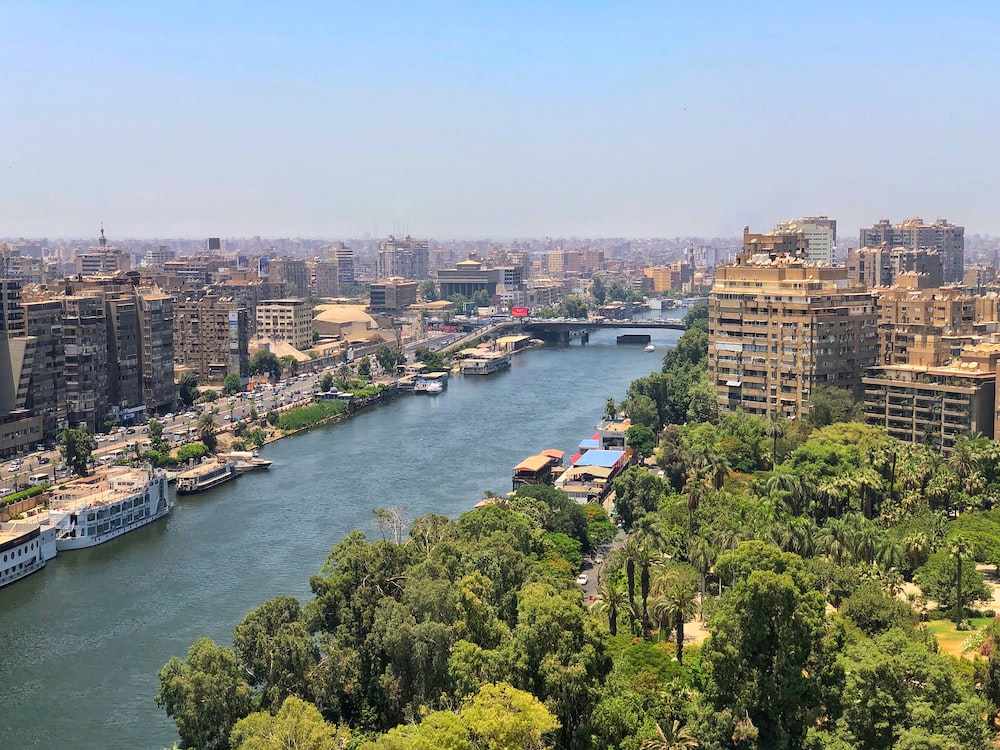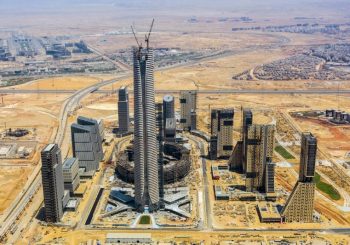
The Egyptian government has signed a Framework Agreement with UAE-based renewable energy firm AMEA Power to develop a 1,000 megawatt green hydrogen project in order to foster the production of green ammonia in export markets.
“The world is entering a new era of clean energy deployment, where emerging solutions like green hydrogen will present huge opportunities for investment,” said Hussain AlNowais, Chairman of AMEA Power.
The project, which will be situated in the coastal town of Ain Sokhna, fortifies Egypt’s long term vision to become a hub for green hydrogen production. It is projected to produce 800,000 tonnes of green ammonia per year for domestic use and international export, and remains aligned with the Integrated Sustainable Energy Strategy (ISES) set out by the Egyptian government.
The ISES aims to not only reduce energy consumption by 18 percent by 2035, but ensure that 42 percent of the total electricity generated by 2035 is renewable.
Several of Egypt’s governmental arms are partaking in the project, including the Sovereign Fund of Egypt (TSFE), the Egyptian Electricity Transmission, the New and Renewable Energy Authority, and the Suez Canal Economic Zone.
“This great success marks a major milestone for Egypt’s green strategy and was only possible with the persistence of all government sponsors and the partners’ belief in the potential of Egypt as a green hydrogen hub,” explained Ayman Soliman, Chief Executive Officer of the Sovereign Fund of Egypt. “The signing of this binding agreement is a testament to TSFE’s ability to execute on its role in attracting private investment into strategic sectors.”







Comments (5)
[…] Soliman told Reuters that there has been extensive interest expressed by more than 200 developers across 35 countries. This comes following the COP27 climate conference, which was hosted in Egypt’s Sharm el-Sheikh earlier in November, and amid new 2025/2026 investment goals in green hydrogen projects. […]
[…] moves to improve its environmental footprint, signing 16 memoranda of understanding (MoU) on green ammonia and green hydrogen. This is in addition to Egypt’s low-carbon strategy, and its long-term goals of becoming an […]